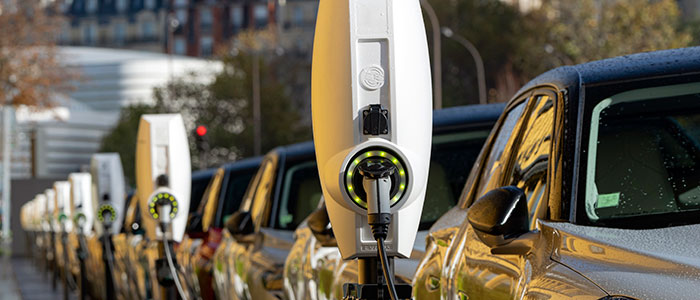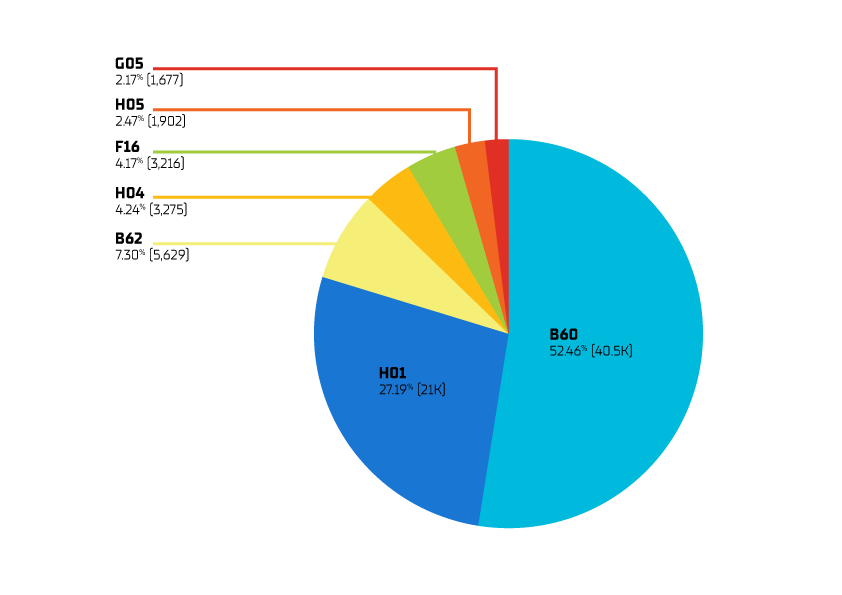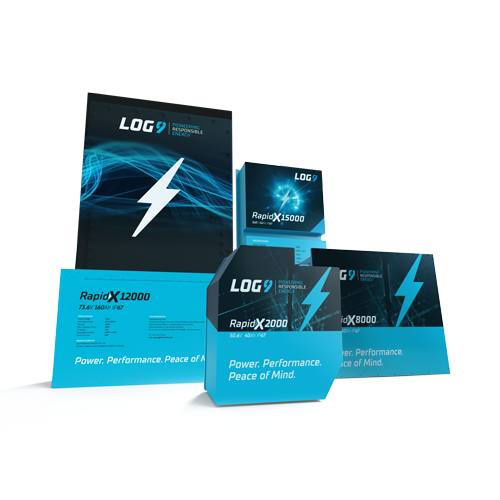Electric Vehicles and The Innovation Landscape

While the fascination with electric vehicles seems to be rather new, it is interesting to note that the first wave of serious investments in the electric vehicle space happened in the early 19th and 20th Century. The excitement with EVs was such that, in early 1900s close to 30% of the vehicles on road were electrically powered as compared to ~20% that were powered by gasoline. However, with increased efficiency gains with combustion engines, greater access to gasoline, and Ford’s improved commercial production, electric vehicles saw a gradual decline from the market to a point where they were totally replaced by ICE vehicles.
Electric vehicles once again caught everyone’s fancy with the remarkable work of material scientists such as John Goodenough, Koichi Mizushima, Rachid Yazami, Akria Yoshino (filed the first patent on a commercial Li-ion battery) in stabilizing the Lithium-ion chemistry for energy storage. This pioneering work led to renewed focus on research in electric vehicles. Such has been the focus on the technology that the number of electric vehicles has risen from just about 150,000 in 2012 to a staggering 6 Million+ in 2021.
With steady advancement in the foundational building blocks of electric vehicles, the world has also seen newer research areas spring up, that are aimed at making the life of an EV user/owner a lot less daunting.
Over the last 20 years, R&D activity around electric vehicles has primarily been focused around the following key categories:
- Battery Systems (IPC Class: H01M and other related classes)
- Propulsion Systems (IPC Class: B60L and other related classes)
- Chassis Control (IPC Class: B62D and other related classes)
- Other Control Systems and Communication Technologies (IPC Class: G05 and other related classes)
Intellectual Property, a significant manifestation of R&D activity, is a great enabler for companies to protect their contribution to a domain for commercial gains. Approximately 4 Million Patents are filed every year across the world that address all of the technological advancements made in that year. More specifically, when it comes to electric vehicles, a simple search of patent applications filed in the last 20 years across different domains shows that more than 85,000 patent applications have been filed in the US, China, Korea, Japan, Europe, and India.
As is evident from the chart above, a large part of activity is concentrated around Propulsion Systems and Battery Systems. The majority of filings in propulsion systems come from established players with 100s of years of experience in Propulsion of traditional vehicles. Whereas, when it comes to battery systems, a large concentration of the portfolio is cornered by chemical giants.
From a geographic standpoint, R&D activity seems to originate in China, followed by the United States based on an analysis of the country of origin of lead inventors for the patents analysed.
Log9 | Patent Portfolio
Our patent portfolio is a manifestation of our ground-up approach towards building customized technologies. We have always challenged the status quo and it is with this mindset that we started innovating at every stage and developed unique and cutting-edge technological solutions.
Log9’s R&D activity focuses on building cell technology and other communication techniques that provide the safest, most reliant battery packs suitable for the Indian Market. With a clear understanding of our role in building an indigenous Li-ion solution for our environment, our team comprising of energetic material scientists and engineers have set their eyes on contributing to research activities in Bucket 1 and 4 identified above. In this year (2022) alone we have moved from identifying the right mixture of chemicals required for a safe battery pack to improving the manufacturing methods and processes that will make large scale cell manufacturing in India a very real possibility in days to come. The result of our work has led to filing of more than 15 patent applications across the world specifically targeted towards battery systems and is one of the most important components of our portfolio of 70 patent applications. We are extremely proud of being the only company in India that has moved from solving the chemistry problem to solving the manufacturing problem. Log9 is further envisaging close to 25 cell manufacturing patents by 2023.
While there is still a long way to go for India to make mark on the global patent map, the roadmap ahead looks positive with a series of innovation in the nation’s R&D ecosystem.
Shailesh Tavate
Head of Intellectual Property




